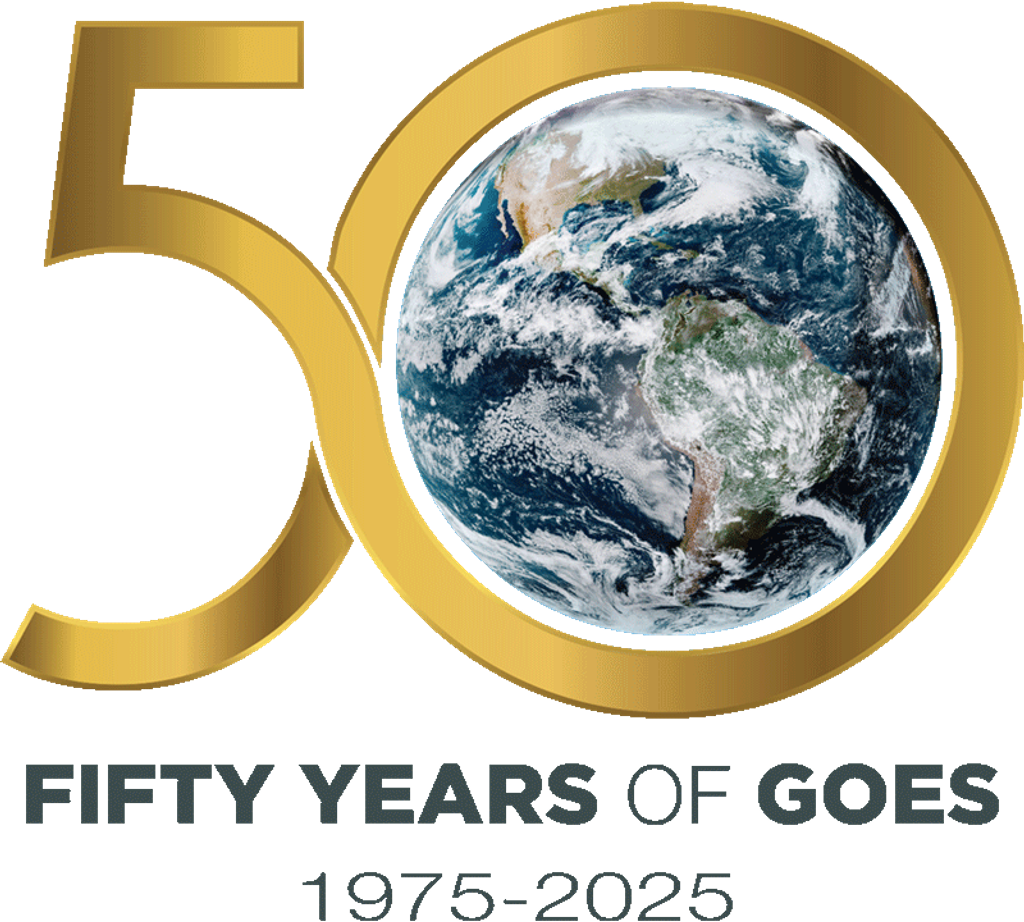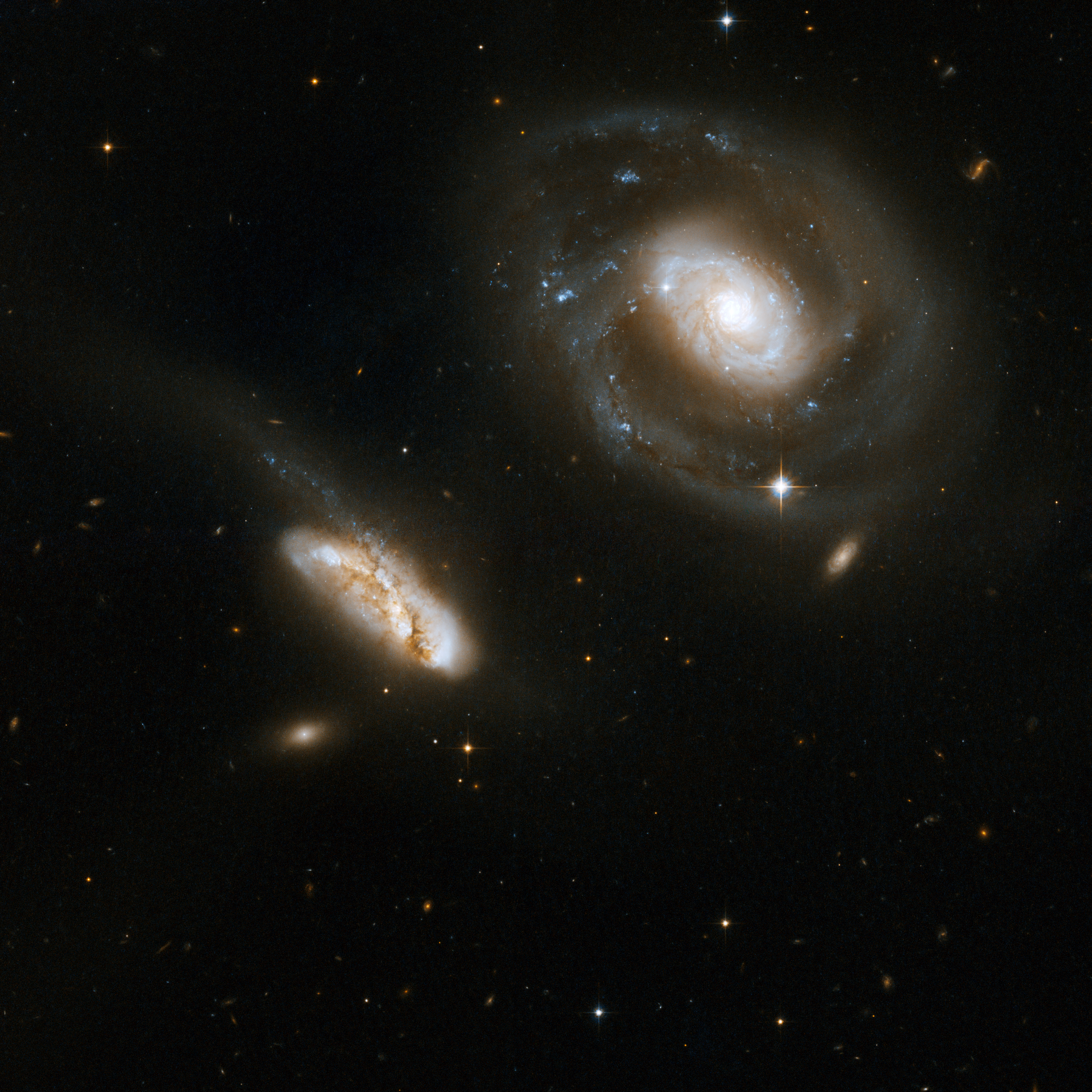1 min read
II Zw 096 (Hubble)
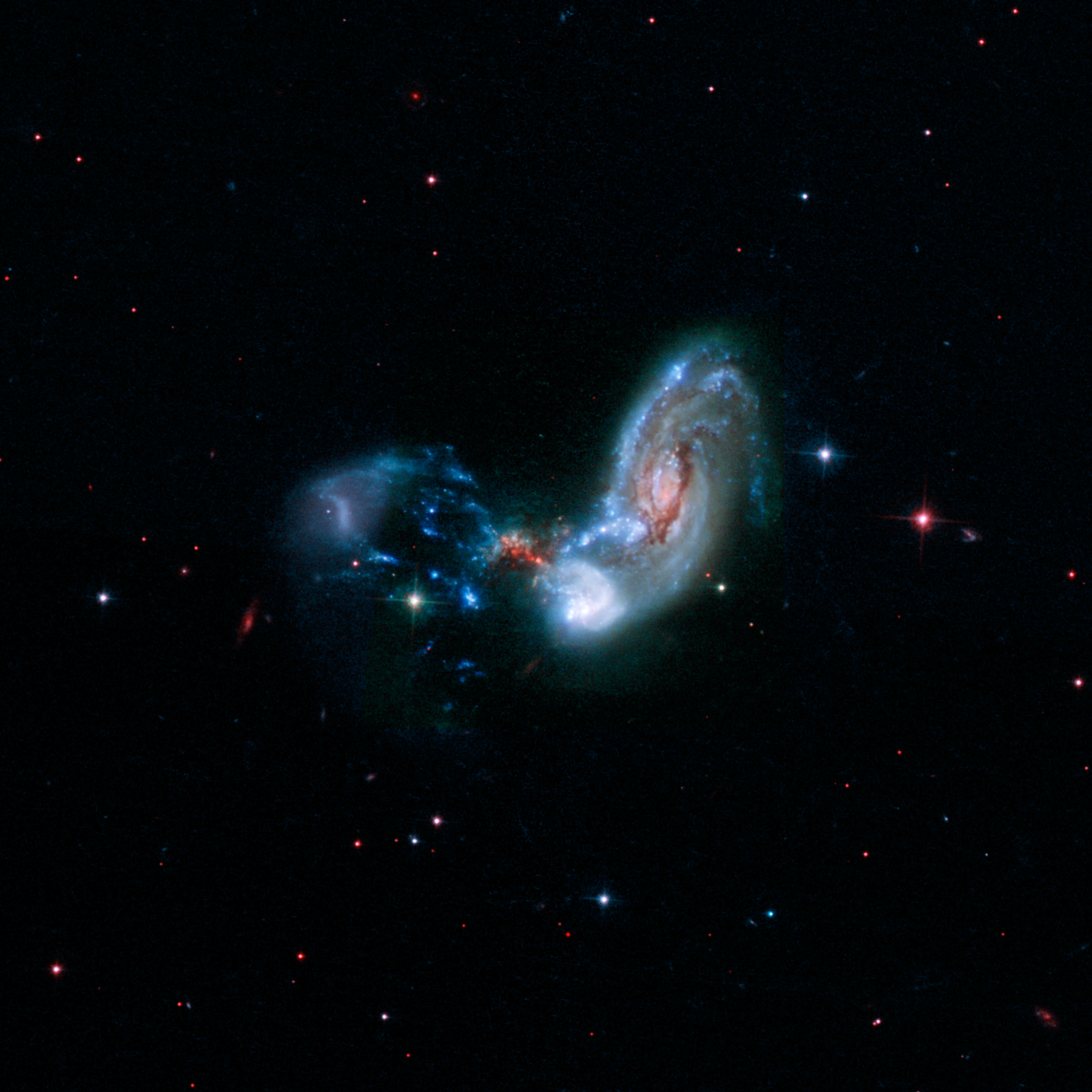
These merging galaxies, known as II Zw 096, are the site of a spectacular burst of star formation that is hinted at in the red speckles near the middle of the image. This dust-shrouded area conceals a brilliant burst of star formation that becomes more apparent at longer wavelengths of infrared light.
The image above combines near-infrared, visible, and far-ultraviolet observations from the Hubble Space Telescope. Researchers using infrared data from NASA's Spitzer Space Telescope estimated the starburst, which lives in a small red region at the center of this image, is cranking out stars at the breakneck pace of around 100 solar masses per year. The upcoming James Webb Space Telescope will allow researchers to penetrate the dust and search for a buried, rapidly growing supermassive black hole.
About the Object
- R.A. PositionR.A. PositionRight ascension – analogous to longitude – is one component of an object's position.20h 57m 24.3s
- Dec. PositionDec. PositionDeclination – analogous to latitude – is one component of an object's position.17° 7' 40.3"
- ConstellationConstellationOne of 88 recognized regions of the celestial sphere in which the object appears.Delphinus
- DistanceDistanceThe physical distance from Earth to the astronomical object. Distances within our solar system are usually measured in Astronomical Units (AU). Distances between stars are usually measured in light-years. Interstellar distances can also be measured in parsecs.525 million lightyears
About the Data
- Data DescriptionData DescriptionProposal: A description of the observations, their scientific justification, and the links to the data available in the science archive.
Science Team: The astronomers who planned the observations and analyzed the data. "PI" refers to the Principal Investigator.The HST observations include those from the Program 10592 (A. Evans). - InstrumentInstrumentThe science instrument used to produce the data.ACS/WFC and ACS/SBC
- Exposure DatesExposure DatesThe date(s) that the telescope made its observations and the total exposure time.April 15, 2006 and May 01, 2008
- FiltersFiltersThe camera filters that were used in the science observations.F140LP, F435W, F814W
- Object NameObject NameA name or catalog number that astronomers use to identify an astronomical object.II Zw 096
- Object DescriptionObject DescriptionThe type of astronomical object.Interacting Galaxies
- Release DateSeptember 23, 2020
- Science ReleaseNASA’s Webb Will Explore the Cores of Merging Galaxies
- CreditImage: NASA, Caltech, H. Inami (Hiroshima University)

These images are a composite of separate exposures acquired by the ACS instrument on the Hubble Space Telescope. Several filters were used to sample narrow wavelength ranges. The color results from assigning different hues (colors) to each monochromatic (grayscale) image associated with an individual filter. In this case, the assigned colors are: Blue: F140LP Green: F435W Red: F814W
Related Images & Videos
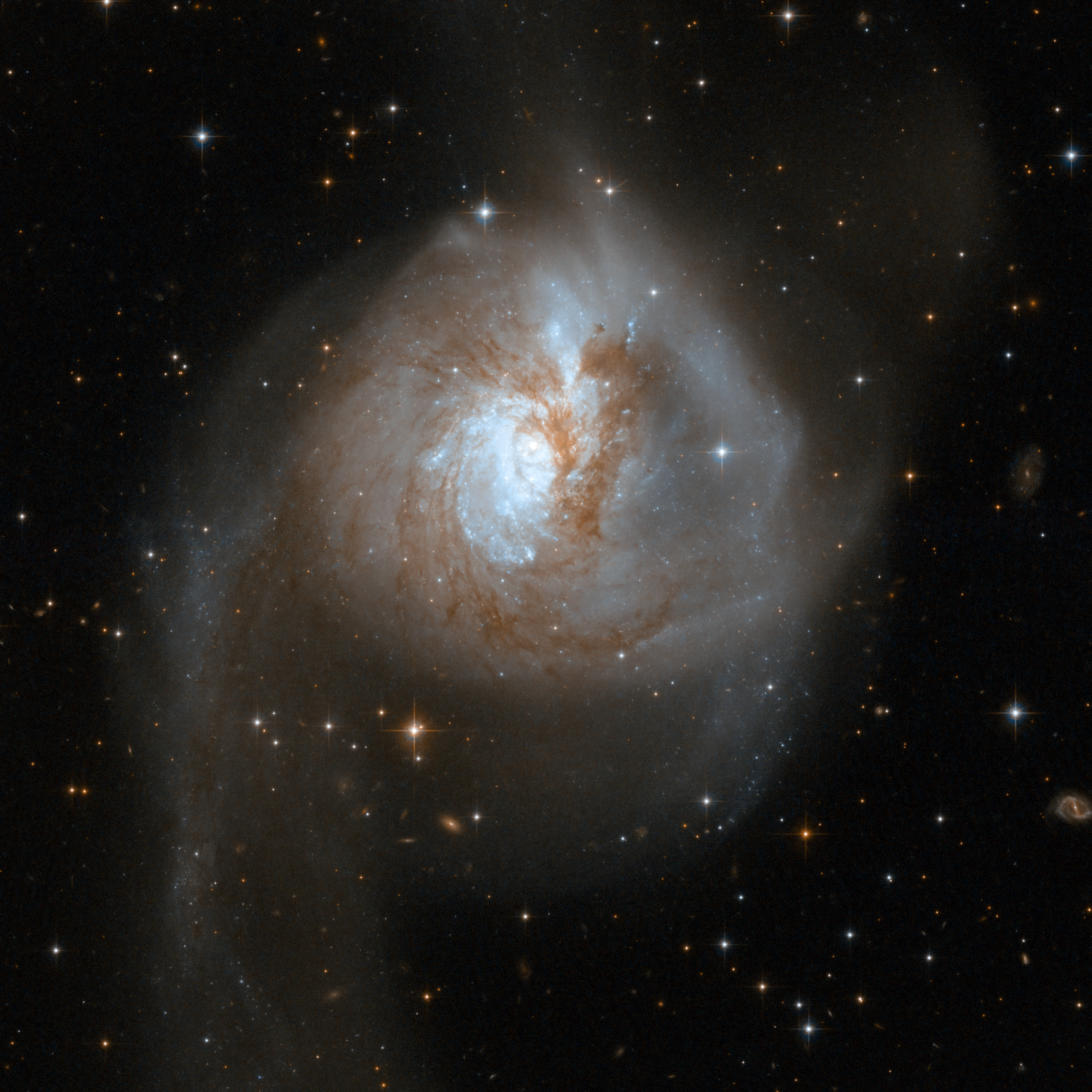
NGC 3256 (Hubble)
Although the two galaxies in NGC 3256 appear merged when viewed in visible light, a second, bright nucleus is found hiding among the tangle of dust lanes in the central region. By using a range of telescopes on the ground and in space, the Great Observatories All-sky LIRG Survey...
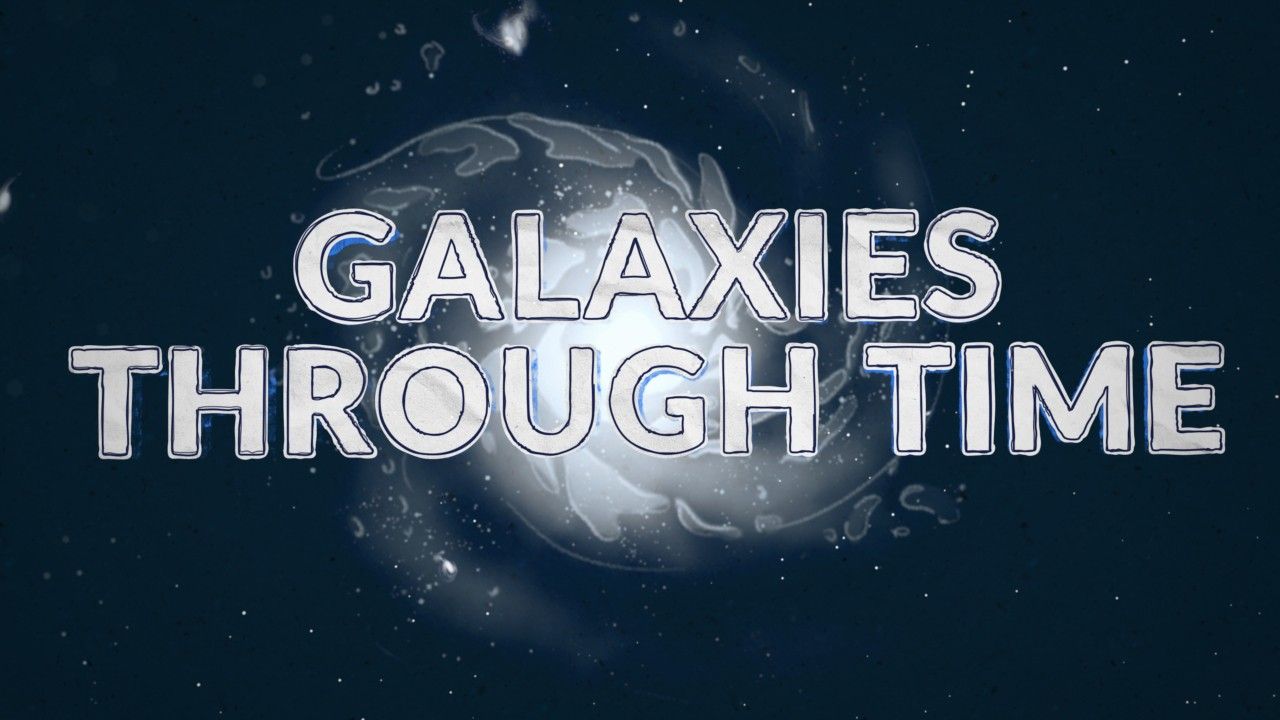
Galaxies Through Time
Discover how telescopes make it possible to look back in time and study the history of the universe, and how Webb will provide new details on galaxy evolution over time. The earliest pages of cosmic history are blank, but Webb will allow us to look back farther in time than ever...
Share
Details
Laura Betz
NASA’s Goddard Space Flight Center
Greenbelt, Maryland
laura.e.betz@nasa.gov
NASA, Caltech, H. Inami (Hiroshima University)















